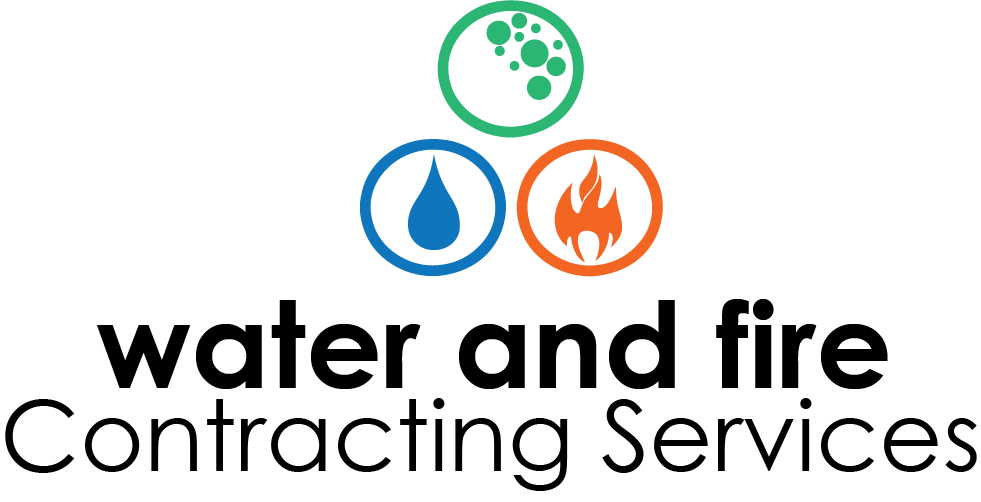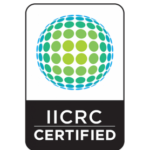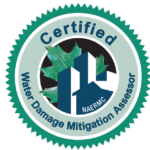According to industry standards as noted by the Institute of Inspection, Cleaning and Restoration Certification Standard IICRC S500 IICRC Standard for Professional Water Damage Restoration (IICRC S500) the Categories of Water, refer to the range of contamination in water, considering both its originating source and its quality after it contacts materials present on the job site. Time and temperature can also affect the quality of water, thereby changing its category. Restorers should consider potential contamination, defined as the presence of undesired substances; the identity, location, and quantity of which are not reflective of a normal indoor environment, and may produce adverse health effects, cause damage to structure and contents or adversely affect the operation or function of building systems.
Category 1
Category 1 water originates from a sanitary water source and does not pose a substantial risk from dermal, ingestion, or inhalation exposure. Examples of Category 1 water sources can include, but are not limited to broken water supply lines; tub or sink overflows with no contaminants; appliance malfunctions involving water-supply lines; melting ice or snow; falling rainwater; broken toilet tanks, and toilet bowls that do not contain contaminants or additives. However, once clean water leaves the exit point, it may not remain clean once it contacts other surfaces or materials.
The cleanliness of Category 1 water may deteriorate to Category 2 or 3 for many reasons, including but not limited to: contact with building materials, systems, and contents; mixing with soils and other contaminants. Some factors which influence the potential organic and inorganic load in a structure include the age and history of the structure, previous water losses, general housekeeping, the type of use of the structure (e.g., nursing home, hospital, daycare, warehouse, veterinary clinic), and elapsed time or elevated temperature. Odors can indicate that Category 1 water has deteriorated.
Category 3
Category 3 water is grossly contaminated and can contain pathogenic, toxigenic, or other harmful agents. Examples of Category 3 water can include but are not limited to: sewage; toilet backflows that originate from beyond the toilet trap regardless of visible content or color; all forms of flooding from seawater; ground surface water and rising water from rivers or streams, and other contaminated water entering or affecting the indoor environment, such as wind-driven rain from hurricanes, tropical storms, or other weather-related events. Such water sources may carry silt, organic matter, pesticides, heavy metals, regulated materials, or toxic organic substances.
Category 2
Category 2 water contains significant contamination and has the potential to cause discomfort or sickness if contacted or consumed by humans. Category 2 water can contain potentially unsafe levels of microorganisms or nutrients for microorganisms, as well as other organic or inorganic matter (chemical or biological). Examples of category 2 water can include, but are not limited to: discharge from dishwashers or washing machines; overflows from washing machines; overflows from toilet bowls on the room side of the trap with some urine but no feces; seepage due to hydrostatic pressure; broken aquariums and punctured water beds.
The cleanliness of Category 2 water can deteriorate for many reasons, including but not limited to: contact with building materials, systems, and contents; mixing with soils and other contaminants. Factors that influence the potential organic and inorganic load in a structure include the age and history of the structure, previous water losses, general housekeeping, the type of use of the structure, and elapsed time or elevated temperature.
Special Situations
If a regulated or hazardous material is part of a water damage restoration project, then a specialized expert may be necessary to assist in damage assessment, and government regulations apply. Regulated materials posing potential or recognized health risks may include, but are not limited to: arsenic, mercury, lead, asbestos, polychlorinated biphenyls (PCBs), pesticides, fuels, solvents, caustic chemicals, radiological residues. For situations involving visible or suspected mold, refer to IICRC S520 Standard and Reference Guide for Professional Mold Remediation



